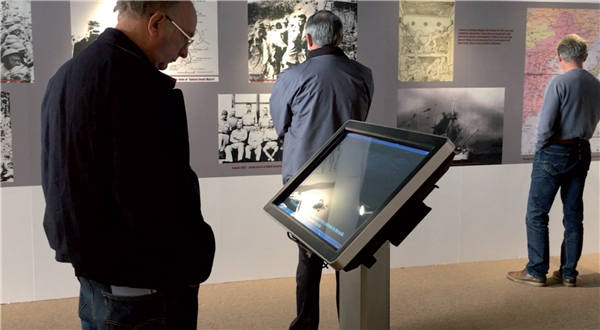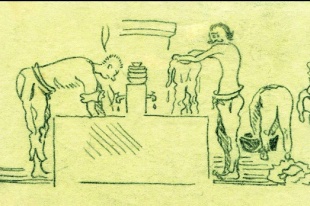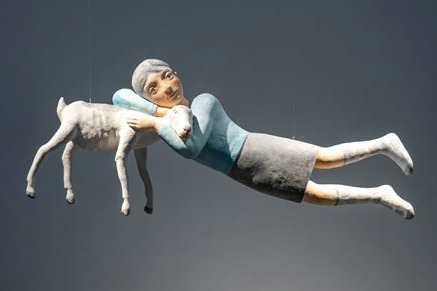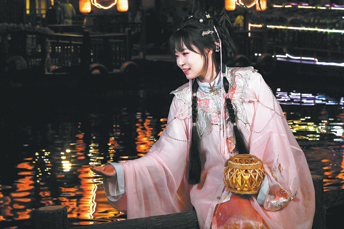Memories of 'forgotten' site


In addition to the physical torture, the POWs also suffered from mental anguish, as the Japanese tried to always debase them.
They were forced to bow in Japanese style to any Japanese regardless of rank. They were beaten if they didn't bow fast or low enough, according to references collected by the Mukden POW Remembrance Society, a group committed to preserving the camp's history.
Anna Graves, a resident of the San Francisco Bay Area, says she had never heard of the camp but was impressed by the resilience and camaraderie of the POWs and their willingness to help each other and survive.
"I'm grateful because it's my parents' generation who fought in this war. They lived with the pain of it all their lives," says Graves, with tears in her eyes.
"I think here, where life is rich, you can hardly imagine being in a war. We have to remember our past, and we have to remember wars happening all over the world, too, still now. How unnecessary is war? Why can't we work out things by talking and being fair to one another?"
Despite the harrowing times, there still were moments of humor. Two POWs, who worked in the factory's drafting department, got their hands on paper and made comical drawings to entertain their friends. Another officer who came to the camp later drew scenes from each of the camps in which he'd been held.
Photos of the drawings, such as training fleas to stand at attention and do a thorough cleanup on their days off, are featured in the exhibition.
Even while working at the Japanese factory, the POWs never stopped "fighting" and assisting China's War of Resistance Against Japanese Aggression (1931-45), by sabotaging production at the factory, says Gao.
They threw tools into poured concrete, set machines "off level" and put sand into the oil of machinery with moving parts, which made the machines break down quickly, according to the Mukden POW Remembrance Society.
Many POWs made friends with fellow Chinese workers. They gave items stolen from the factory to Chinese friends, who in turn sold the items on the black market and got what the POWs needed. It was dangerous, because discovery would lead to severe punishment and often death for the Chinese involved.
Photos at the exhibition show some POW veterans returning to Shenyang years later to reconnect with their old Chinese friends.
Some Chinese received awards from the US government for helping the POWs. Others had passed away before the awards were given, says Gao.
Scholars have been calling for more studies on the site since it was discovered in 2003. It became a major historical and cultural landmark protected at the national level in 2012, and the museum was opened to the public in 2013.
It's one of the museums in China that involves more than 10 countries, Gao says.
"However, the research is based on oral history. We need access to more historical materials to better understand this history, which went unremembered for half a century," says Gao.
Contact the writer at liazhu@chinadailyusa.com.cn





































